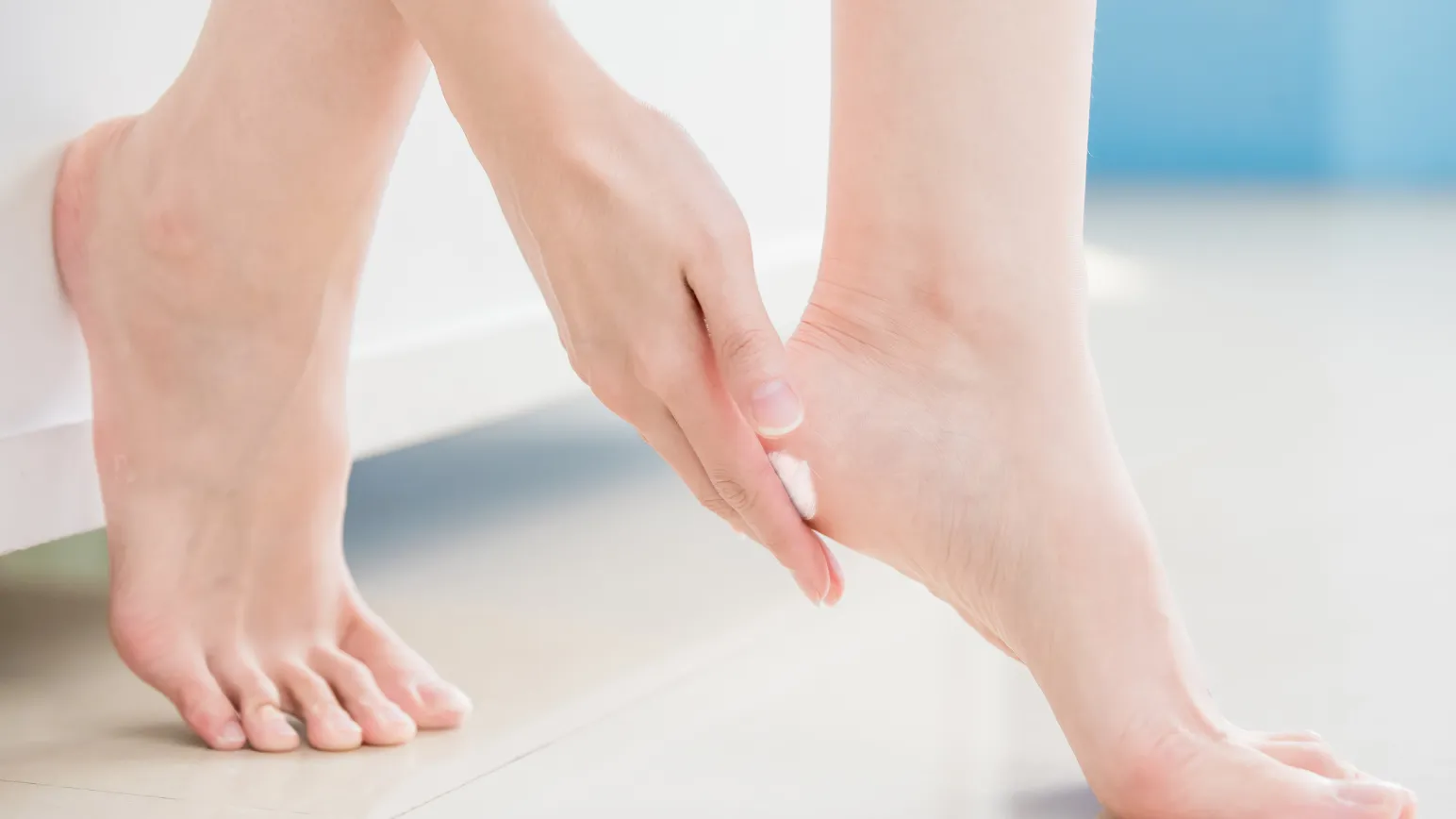Heel crack is defined as cracks and fissures in the skin
around the heel area. This condition usually occurs due to the drying,
thickening, and cracking of the skin. It can be both an aesthetic issue and
cause pain. In this article, you will find detailed information about the
causes, symptoms, and treatment methods of heel cracks.
Why Does Heel Crack Occur?
Skin Drying: The skin on the feet tends to dry more than
other areas of the body. Wearing rigid shoes or keeping the feet constantly
closed can increase skin dryness.
High Heeled Shoes: High-heeled shoes can shift the weight
center of the foot, exerting more pressure on the heel area and causing cracks.
Genetic Factors: If there is a heel crack problem in your
family, genetic factors may also play a role.
Vitamin Deficiency: Vitamin deficiencies, especially in A,
C, and E vitamins, are important for maintaining healthy skin. These
deficiencies can lead to heel cracks.
Obesity: Being overweight can cause extra pressure on the
feet, leading to heel cracks.
Foot Fungus: Foot fungus can cause dryness and cracks in the
skin.
Heel Crack Symptoms
Cracks in the Skin: The most obvious symptom is the cracks
seen in the skin around the heel area.
Pain and Discomfort: Cracks often cause pain during walking
and standing.
Redness and Inflammation: In advanced cases, there may be
redness and inflammation in the cracked area.
Dryness and Peeling: The skin around the heel area dries and
may peel.
Heel Crack Treatment
Use of Moisturizers: Moisturizing the skin, especially with foot
creams containing moisturizing ingredients, can help prevent cracks.
Foot Baths: Soaking the feet in lukewarm water softens the
skin and contributes to the healing of cracks.
Choosing Appropriate Shoes: Avoiding high-heeled shoes and
opting for comfortable shoes that fit the foot anatomy is essential.
Regular Foot Care: Regularly washing the feet, trimming
nails, and keeping the skin moist can prevent heel crack formation.
Dermatologist Consultation: In severe cases or when home
treatment does not yield results, it is important to consult a dermatologist.
Professional treatment methods may include laser therapy, special creams, and
the use of custom insoles.
Taking these precautions is important to prevent heel crack
problems and improve the existing condition. However, it is always recommended
to consult with a healthcare professional before starting any treatment.


